
Editor’s Note: Hello everyone! Looking back, the 100 issues of “Sanhe Doctor’s Health Diary” have transformed from a simple idea and discussion into 100 popular science articles. This small achievement reflects the hard work of the doctors in their spare time and the continuous support from readers around the world. Since our common goal is to share the daily diagnosis and treatment, teaching, reading, self-study, life, and thoughts of Sanhe doctors, hoping to popularize the classics of Traditional Chinese Medicine (TCM) and integrate TCM principles into daily life, let us continue this journey! This article is the 141st.
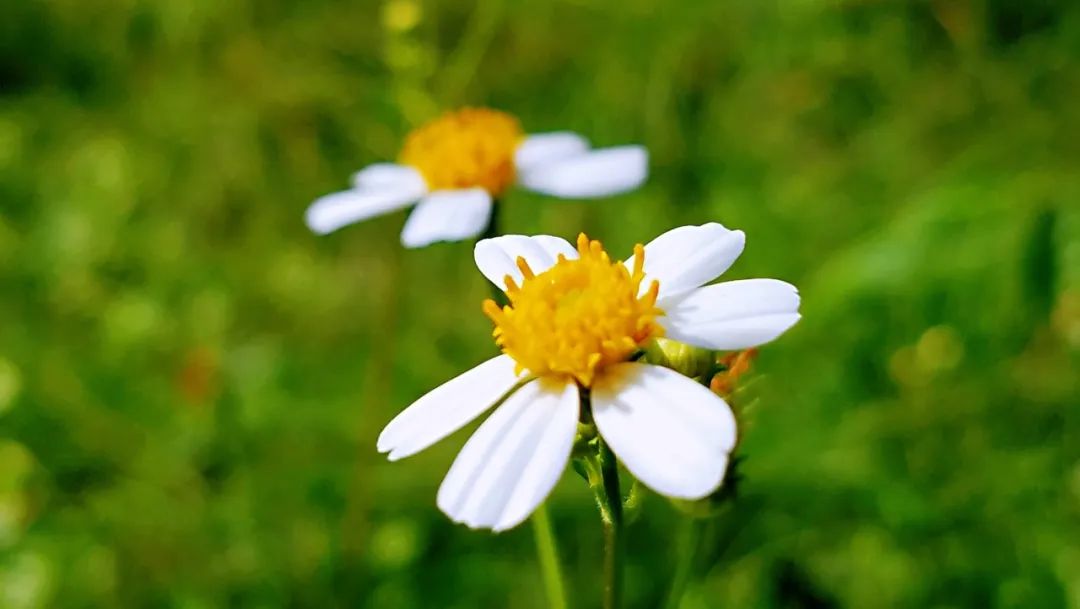
In the clinic, it is common to see children with external pathogenic fever and cough. I have noticed that many parents are unclear about dietary restrictions for their sick children. After a child falls ill, their bodily functions undergo continuous changes, and their dietary structure should also change accordingly. It is not advisable to maintain a fixed dietary structure, as this can hinder the body’s ability to expel pathogens and recover.
Below, I have summarized dietary recommendations for children with external pathogenic illnesses (including principles and ideas) to share with everyone.
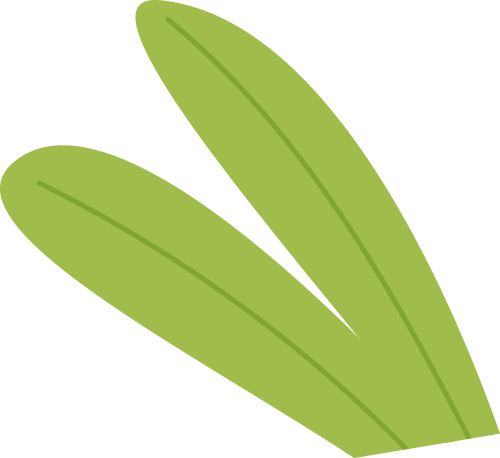
01
Early Stage of External Pathogenic Illness
During the intense struggle between the pathogenic factor and the body’s righteous qi, if the child is still experiencing fever and has a floating pulse, it is essential to strictly adhere to the dietary restrictions outlined after the preparation method of Guizhi Decoction (Gui Zhi Tang), which includes avoiding raw and cold foods, sticky and greasy foods, meat, five pungent spices, alcohol, and foul-smelling items. The primary concern at this stage is to reduce fever, and consuming meat and eggs can hinder this process.
Some individuals eat anything they consider “nutritious” during their illness, but this assumes they still have an appetite. Many children with external pathogenic illnesses and cough actually experience a decrease in appetite. After a fever or cough, they may not feel like eating anything, let alone high-protein foods like meat, eggs, or milk. Usually, they only desire a bowl of hot, thin porridge, which they can still consume. Therefore, for those in the fever stage with reduced appetite, this is a protective mechanism of the body. The primary task at this time is to concentrate the body’s energy to expel the external pathogenic factor.
If one forces themselves to eat a lot of high-protein foods during this time, high protein means difficult digestion. The body must divert some energy from expelling the external pathogenic factor to process these high-nutrition foods, leading to two outcomes: first, the efficiency of expelling pathogens decreases, making the originally proactive “anti-invasion war” more passive and prolonging the process of eliminating the pathogenic factor; second, the already difficult-to-digest high-protein foods become even harder to digest in this state, and undigested food becomes waste in the body. This is why some individuals experience severe vomiting during high fever; their bodies can no longer accept these foods and must expel them to lighten the burden.
Of course, completely abstaining from food is also not advisable. The best method is to consume hot, thin porridge, which can nourish the stomach qi and preserve body fluids, while also assisting the righteous qi in expelling the external pathogenic factor. In the preparation method section of the first formula in “Shang Han Lun” (Treatise on Cold Damage), Guizhi Decoction, Zhang Zhongjing elaborated extensively on how to prepare the medicine, how to take it, and dietary restrictions, setting a standard for prescriptions. He emphasized that after drinking Guizhi Decoction, one should “sip a bowl of hot, thin porridge to assist the medicinal effect.” The methods of taking medicine and dietary restrictions during the external pathogenic fever stage can also refer to the relevant content of Guizhi Decoction in “Shang Han Lun”.
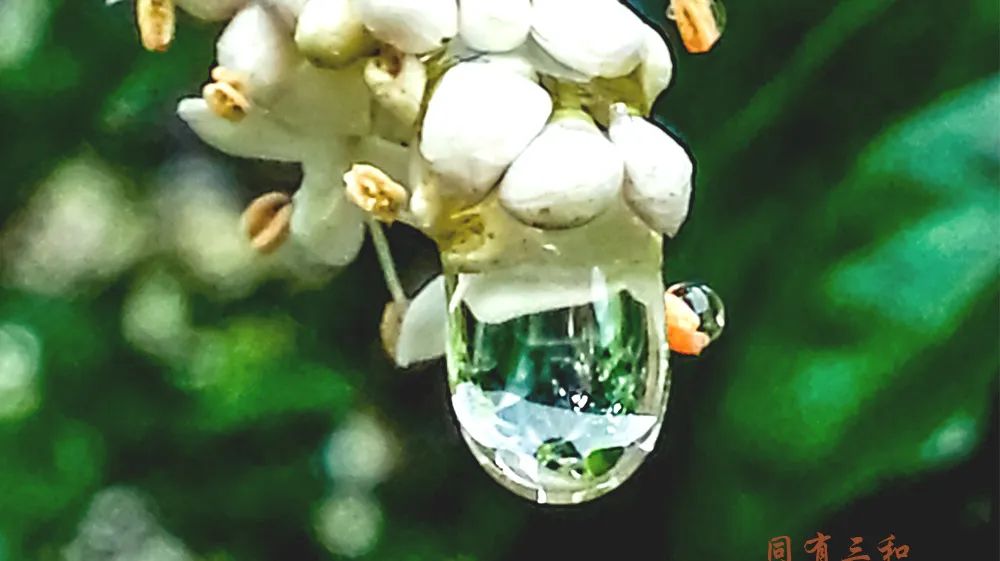

02
Late Stage of External Pathogenic Illness
During the stage of expelling the pathogenic factor and restoring the body’s righteous qi, the next step is to observe the changes in the illness after taking medicine. If the fever has subsided and the floating pulse has gradually decreased, we assess the patient’s appetite and tongue appearance. If there is no significant dampness and the stomach qi is acceptable, the patient can start to consume small amounts of minced meat in porridge (with ginger) or cook some meat broth, gradually reintroducing meat into their diet.
If the body can accept the food without experiencing bloating, diarrhea, or recurrent fever, worsening cough, or increased thick and abundant phlegm, then after 2-3 days, the diet can be slightly increased in meat quantity. If the cough is not prominent and phlegm is not abundant, some light freshwater fish soup can be consumed. For vegetarians, yam can be mashed or made into soup. Overall, it is essential to ensure the basic amount of staple food, and meat should be reintroduced gradually.
Therefore, for patients who are used to eating meat, during the recovery phase after fever, they can gradually return to their original dietary structure. Otherwise, many people who only eat rice porridge for an extended period may feel increasingly weak and fatigued, which is actually due to insufficient nutrition. In the early stage of illness, the body requires a significant amount of yang qi to combat external pathogenic factors, and this process consumes a lot of energy. In the later stage, appropriate nutritional supplementation is necessary for recovery.
The TCM view on nutrition—”Poison is used to attack pathogens, grains are for nourishment, fruits are for assistance, livestock are for benefits, and vegetables are for supplementation, all should be consumed in harmony”—though ancient, it possesses unique insights that should not be overlooked.
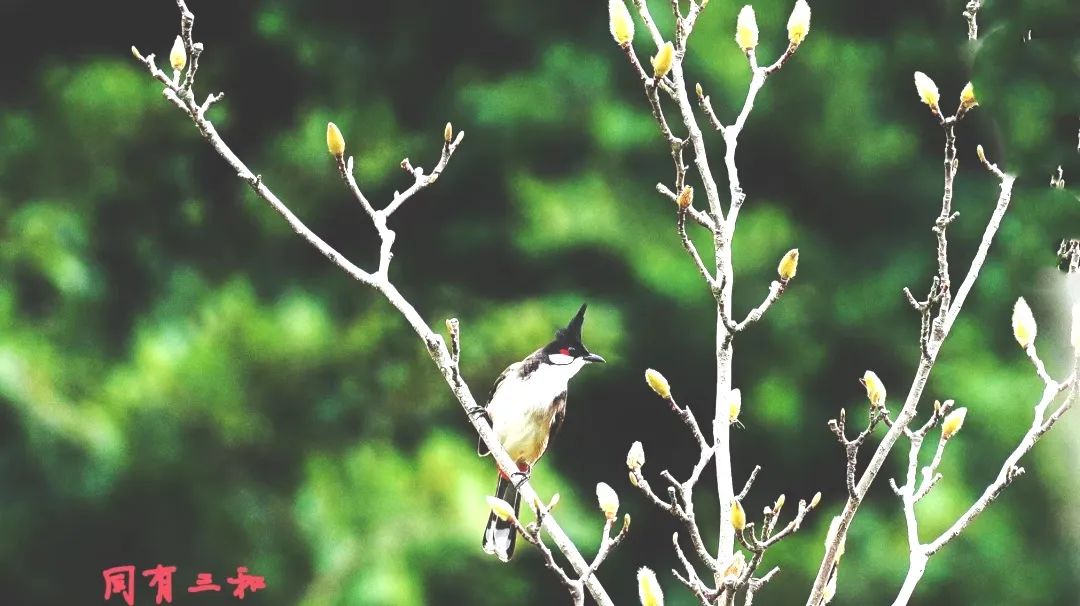
Poison is a weapon, used only when there is pathogenic qi; it should not be used lightly. We have seen many cases in the news of people using medications indiscriminately, with incorrect dosages or for the wrong conditions, leading to severe liver damage. This illustrates a misunderstanding of the meaning of “poison attacking pathogens.”
What truly nourishes the body, or provides the best benefits, are the grains, which are the staple foods. In the south, rice is predominant, while in the north, wheat-based foods are common. Therefore, even during fever, if one has no appetite for other foods or cannot eat, the staple food must not be neglected. Many people’s experience is that “during the one or two days of high fever, lying in bed and unable to move, they rely entirely on that bowl of hot porridge to survive,” which is indeed correct.
Fruits serve an auxiliary role, adding a finishing touch, but they are not essential. However, many people have it reversed, neglecting grains and consuming large amounts of fruit, which is not adding a finishing touch but rather putting the cart before the horse.
Livestock refers to various meats, which serve a beneficial role. What does beneficial mean? It means providing more on the basis of ensuring the essentials. However, this has a prerequisite: there must be no “leaks” in the body. If the body is experiencing various “leaks,” then this “benefit” is meaningless. During the fever stage, the body is experiencing significant “leaks”; the primary issue is to first “plug the leaks” rather than “supplement benefits.”
Vegetables also play a role in supplementation, similar to livestock, but only on the premise of ensuring the essentials. We must understand which category of food is fundamental in our dietary structure, so that we can remain clear-headed at all times and not be confused by the statements of individual “experts.”
In summary, the dietary approach for external pathogenic illnesses, as stated in “Suwen: Discussion on Heat,” “When the illness is hot and not yet resolved, eating meat will cause a relapse; excessive eating will lead to loss; this is the prohibition.” This is a major principle, and dietary structures should be flexibly adjusted according to clinical needs and the patient’s recovery status, which reflects the spirit of TCM’s syndrome differentiation and treatment.
(Completed on September 30, 2024, Second Draft on January 9, 2025)
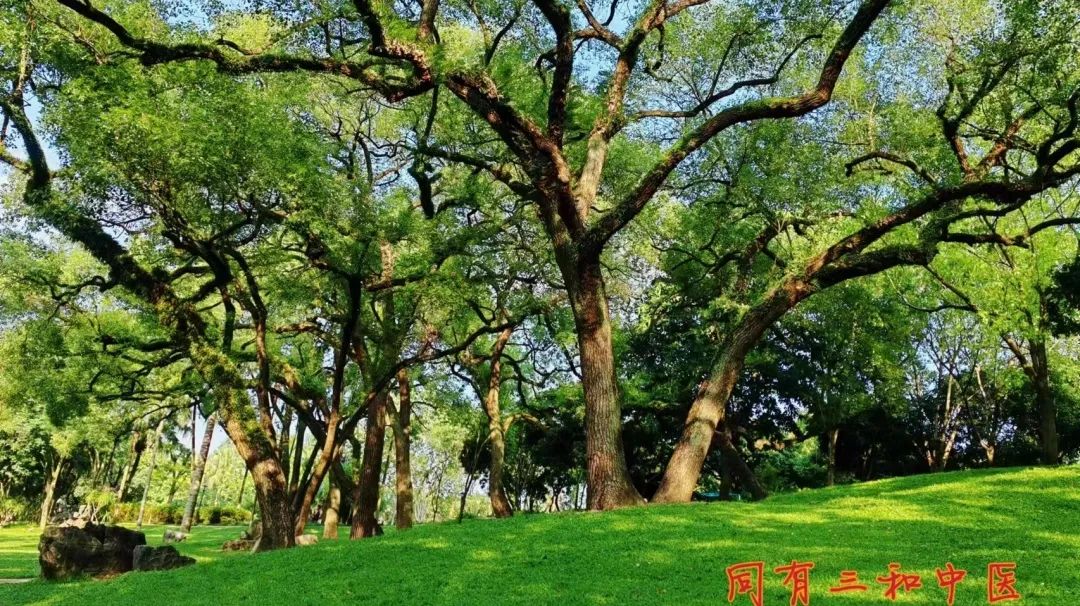
Related Reading
-
Brief Discussion on Daoyin (II) | Health Diary (140)
-
Why Does TCM Recommend Reducing or Avoiding Cold Drinks? | Health Diary (139)
-
Brief Discussion on Daoyin (I) | Health Diary (138)
-
Understanding TCM Syndromes from Scratch (IV) | Health Diary (137)
Recent Courses


Text: General Yi
Editor: Lao Cai
Images: Bottle, Sanhe Image Library
Layout: Lily
Review: Sanhe TCM ▪ Academic Department
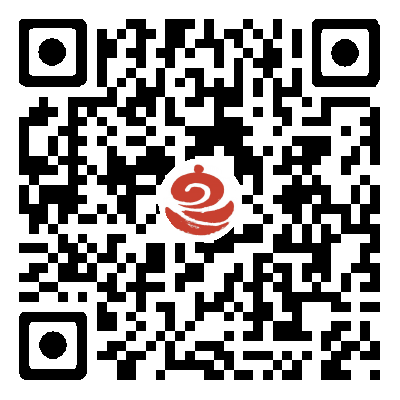
Long press the QR code to follow us~
Sina Weibo:
@Sanhe TCM
Bilibili: Sanhe TCM

Click “Looking” to support Sanhe Health


